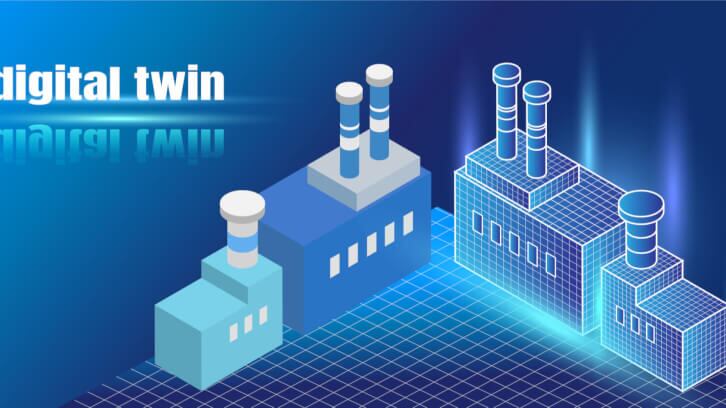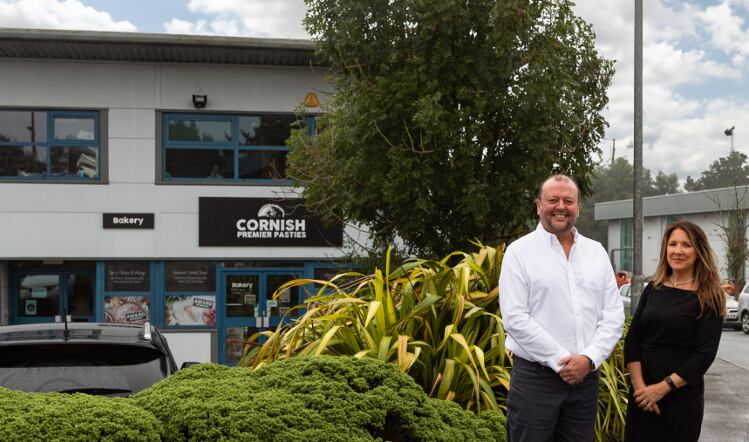The manufacturing industries are the UK’s third-highest carbon emitting sector. With the food and drink industry representing the largest portion of the sector, manufacturers in this category have an important role to play in driving down emissions.
The Food and Drink Federation (FDF) has set a goal for manufacturers in this space to achieve net zero carbon emissions by 2040, a decade earlier than stipulated under UK Government targets. However, recent research shows that the beverage industry is off-track, with the current pace of progress falling short of long-term requirements to decarbonise.
The issue with current net zero roadmaps
For manufacturers to reach net zero, a detailed understanding of their facility’s complex energy needs is required. Despite this, most manufacturers’ existing net zero strategies tend to focus on the supply chain and operations, but fail to consider the impact of the actual buildings, factories, or facilities on their decarbonisation efforts.
The fabric of a building has a profound impact on manufacturing processes, whether this is in relation to airflow, computational fluid dynamics, or how the building behaves in different weather scenarios. As a result, there is a need to integrate manufacturing processes with building efficiency processes.
However, there is often a disconnect between what is happening on the production floor and what is happening in building services. As a result, to get a holistic view of how the whole business is operating, better collaboration and communication are required between teams to ensure optimum performance of the entire facility.
While collaboration needs to begin within the organisation, it’s also crucial for different sustainability partners to work together. If one consultant is employed to optimise the supply chain, one for the manufacturing plant and another for the building, these teams need a united approach to meet the overall goal of improving efficiency, reducing energy use and costs, and working towards net zero goals. Data and insight sharing is a key part of this.
The role of digital twins
With multiple production lines, data sources and systems in play, it can often be difficult to pinpoint where decarbonisation efforts are best focused. A digital twin, a virtual replica of a building and its processes that gathers real data and uses physics-based simulations to respond like its real-world counterpart, can help to provide the answers.
Creating a model of the factory and its processes allows for the testing of multiple scenarios to improve the operation of the building and the efficiency of the processes. Changes can vary from quick fixes to longer-term implementations. For example, modifying equipment run times or utilising local energy production instead of supply from the grid. With energy wastage a particular problem in the manufacturing sector, a digital twin can also be used to simulate the potential for waste heat recovery and reuse.
Simulating changes to process layouts, behaviours and technologies enables manufacturers to make informed decisions, preventing any costly mistakes later down the line and making factories resilient against future challenges. Data from multiple sources can also be imported into a digital twin, helping to facilitate collaboration and data sharing between teams.
Utilising digital tools in this way could save manufacturers up to 20% in immediate energy and cost savings, a figure that increases as improvements are implemented. With the clock ticking to meet targets, harnessing the power of technology can arm manufacturers with a net zero roadmap that encompasses all aspects of their operations.
Case study – Italian distillery
One example of digital twins in action can be seen through work with a distillery in Northern Italy as part of an EU Horizon project. The distillery tasked IES with analysing the level of waste heat being produced, where there were opportunities to reuse it on-site and how renewables could help to reduce the reliance of the factory on the grid.
Often manufacturing facilities have multiple data sources but no unified access to production data. As a result, data from the distillery’s utility bills and submeters was collated within a centralised platform to provide an operational view across all systems and production processes.
Operational insights were used to identify the biggest sources of energy use and waste heat production, enabling the distillery to target these areas. A digital twin was created of the facility and used to simulate and analyse the factory’s current performance and assess the impact of future scenarios. The analysis highlighted that the distillery was producing significant levels of waste heat and drawing high consumptions of gas and electricity from the grid.
To address these issues, two interventions were considered, a waste heat recovery exchanger and solar PV installations to meet more of the facility’s energy demands locally. The waste heat exchanger would allow the distillery to meet 5% of its overall heating needs using waste heat recovered on site and the solar PV installations would meet 4.1% of the site’s total electrical consumption. Overall, these interventions would lead to 6.9% total savings in CO2 and a 6.3% reduction in total final energy consumption across the site.
Decarbonisation moving forwards
In summary, a holistic, collaborative, and technology-enabled approach is necessary in the manufacturing industry to drive progress to net zero targets. While efforts to decarbonise equipment and operations are vital to reducing the impact of the sector on the environment, manufacturers cannot afford to overlook the facilities. Not only will this result in missed opportunities for energy and cost savings, but it will also impact progress in other areas of the business.
None of us have all of the answers, so we must work together to meet net zero goals.




